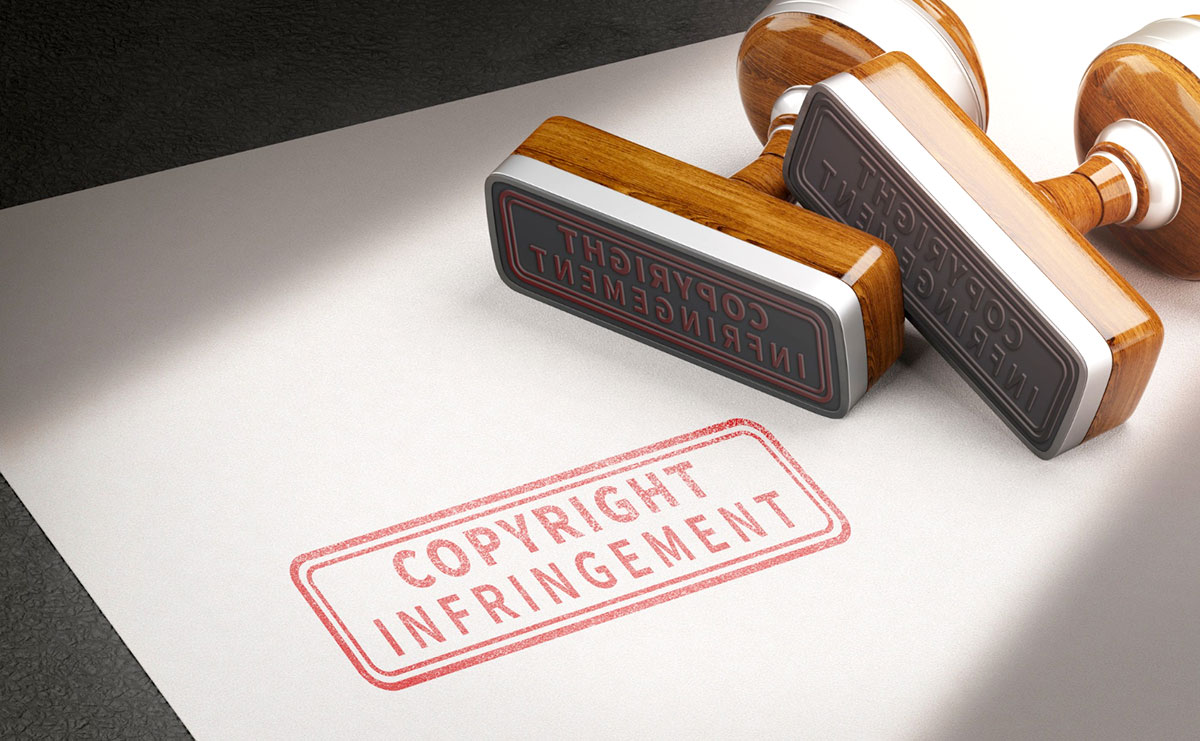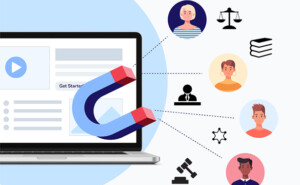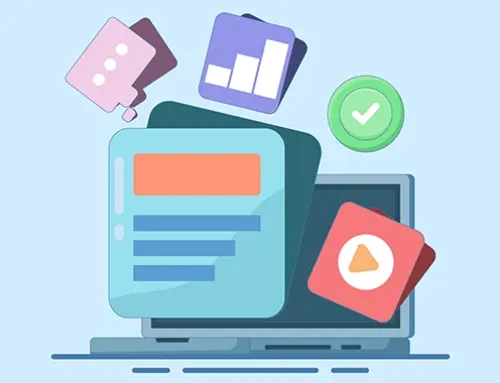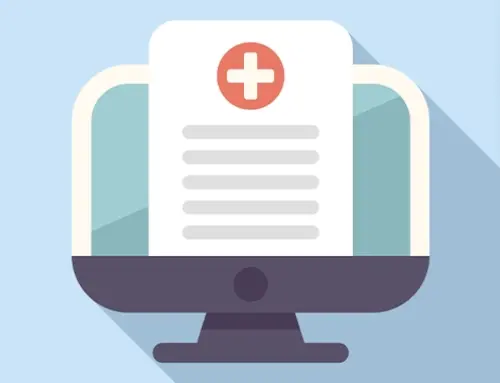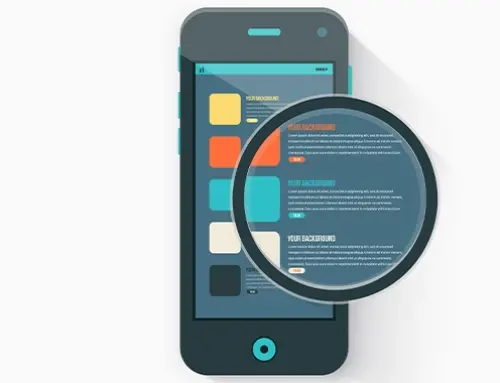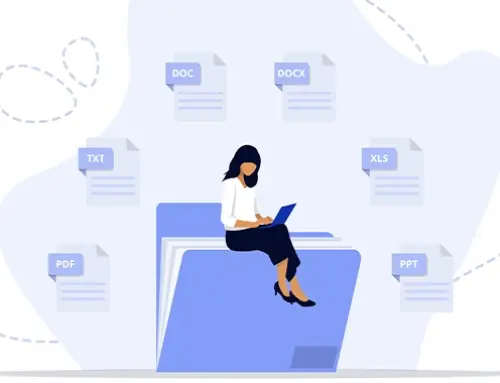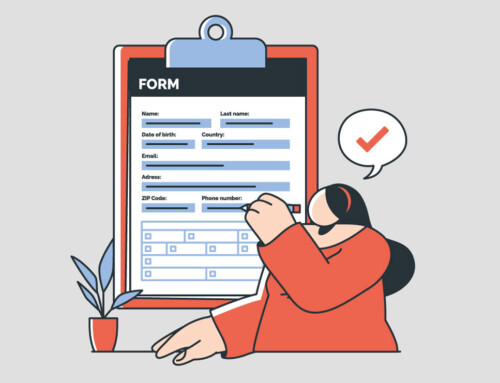Contents
Understanding the Distinctions: Plagiarism vs Copyright Infringement
Introduction
In the realm of intellectual property, understanding the distinctions between plagiarism and copyright infringement is crucial. Both concepts involve the misuse of someone else’s work, but they differ significantly in their definitions, implications, and consequences. Plagiarism is an ethical issue that arises when one uses another’s work without proper acknowledgment, presenting it as their own. It is a serious offense in academic, professional, and creative fields, with various forms such as direct plagiarism, self-plagiarism, mosaic plagiarism, and accidental plagiarism. On the other hand, copyright infringement is a legal violation that occurs when protected works are used without the permission of the copyright holder. This article delves into the nuances of copyright and plagiarism, exploring their types, common forms, consequences, prevention methods, and the critical differences between them to provide a comprehensive understanding of these important issues.
Name Two Unethical Uses of Another Person’s Intellectual Property
- Plagiarism
- Copyright Infringement
-
What is Plagiarism?
The act of copying someone’s work without permission is called plagiarism. Stealing ideas does meet the definition of plagiarism. Plagiarism is the practice of using someone else’s work or ideas and presenting them as one’s own without proper acknowledgment. It is considered a serious ethical and intellectual offense in academic, professional, and creative fields.
Types of Plagiarism
- Direct Plagiarism: This occurs when someone copies text verbatim from a source without quotation marks or proper citation.
- Self-Plagiarism: This involves reusing one’s own previous work without acknowledging that it has been submitted elsewhere. This is common in academic settings where students or researchers submit the same work in multiple classes or publications.
- Mosaic Plagiarism: Also known as patchwriting, this occurs when someone intersperses their own words with someone else’s without proper citation, or when they use phrases from a source without quotation marks.
- Accidental Plagiarism: This happens when someone unintentionally fails to cite sources correctly or paraphrases without proper acknowledgment, often due to a lack of understanding of citation rules.
Common Forms of Plagiarism
- Copying and Pasting: Taking exact text from a source and using it in one’s own work without credit.
- Paraphrasing Without Citation: Rewriting someone else’s ideas in one’s own words but failing to credit the original source.
- Using Media Without Permission: Incorporating images, videos, music, or other media without proper licensing or acknowledgment.
- Improper Citation: Using incorrect or incomplete citations, which makes it difficult to trace the original source.
- Buying or Commissioning Work: Purchasing a paper or hiring someone to write it and then submitting it as one’s own.
Consequences of Plagiarism
- Academic Consequences: Penalties can range from failing an assignment to expulsion from an academic institution.
- Professional Repercussions: In the workplace, plagiarism can lead to job termination, loss of professional reputation, and legal action.
- Legal Ramifications: Plagiarism can result in copyright infringement lawsuits, which may lead to fines and other legal penalties.
- Ethical Implications: Plagiarism is viewed as a breach of ethical standards, leading to loss of credibility and trustworthiness.
Preventing Plagiarism
- Education and Awareness: Understanding what constitutes plagiarism and how to avoid it is crucial. Educational institutions often provide resources and training on proper citation practices.
- Proper Citation: Always give credit to the original sources of information. Familiarize yourself with different citation styles (e.g., APA, MLA, Chicago) and use them consistently.
- Using Plagiarism Detection Tools: Software like Turnitin or Grammarly can help identify potential plagiarism in a document before submission.
- Developing Good Research Habits: Take diligent notes, keep track of sources, and practice paraphrasing correctly.
- Original Writing: Strive to produce original content and add unique insights, even when building on others’ work.
Recognizing Plagiarism
- Similarity Detection Software: Tools that compare text against a vast database of sources to highlight matches.
- Manual Checking: Educators and professionals often cross-check references and look for inconsistencies in writing style.
- Peer Review: In academic and professional settings, work is often reviewed by peers, who can spot potential plagiarism.
In summary, plagiarism is a multifaceted issue with significant ethical, professional, and legal implications. Understanding its various forms, consequences, and preventive measures is crucial for maintaining integrity in academic, professional, and creative endeavors.
-
What is Copyright Infringement?
Plagiarizing copyrighted material is also known as “copyright infringement”. Copyright infringement is the unauthorized use of works covered by copyright law, which violates the rights of the copyright holder. It occurs when someone reproduces, distributes, performs, publicly displays, or makes derivative works based on a copyrighted work without permission from the copyright owner.
Key Aspects of Copyright Infringement
- Protected Works: Copyright protects original works of authorship fixed in a tangible medium, including literary works, music, films, software, visual art, and more.
- Exclusive Rights: The copyright holder has exclusive rights to reproduce, distribute, perform, display, and create derivative works from the copyrighted material.
- Infringement Activities:
- Reproduction: Copying the work in any form, such as photocopying, downloading, or reprinting.
- Distribution: Selling, renting, or providing access to copies of the work.
- Public Performance: Performing the work in a public setting without permission.
- Public Display: Displaying the work publicly, such as showing a film or artwork in a public space.
- Derivative Works: Creating new works based on the original, like adaptations, remixes, or translations.
Types of Copyright Infringement
- Direct Infringement: Directly engaging in any of the activities mentioned above without authorization.
- Contributory Infringement: Knowingly contributing to or facilitating someone else’s infringement.
- Vicarious Infringement: Benefiting financially from someone else’s infringement while having the right and ability to control the infringing activity.
- Willful Infringement: Knowingly and intentionally infringing on copyright, which can result in higher penalties.
Consequences of Copyright Infringement
- Legal Penalties
- Civil Remedies: Copyright holders can sue for damages and seek injunctions to stop the infringing activity. Damages can include actual damages and profits or statutory damages.
- Criminal Penalties: In severe cases, willful infringement can lead to criminal prosecution, resulting in fines and imprisonment.
- Removal of Content: Infringing content can be taken down from websites or platforms under laws like the Digital Millennium Copyright Act (DMCA).
- Reputational Damage: Infringers can suffer damage to their reputation and credibility.
Defenses Against Copyright Infringement
- Fair Use: In some cases, limited use of copyrighted material without permission is allowed under the fair use doctrine. This includes uses for purposes such as criticism, comment, news reporting, teaching, scholarship, or research.
- Public Domain: Works in the public domain are not protected by copyright and can be used without permission.
- Licensing and Permissions: Obtaining proper licenses or permissions from the copyright holder allows lawful use of the work.
In summary, copyright infringement is a serious violation of intellectual property rights with significant legal, financial, and ethical implications. Respecting copyright laws and understanding the proper ways to use and share creative works is essential for avoiding infringement.
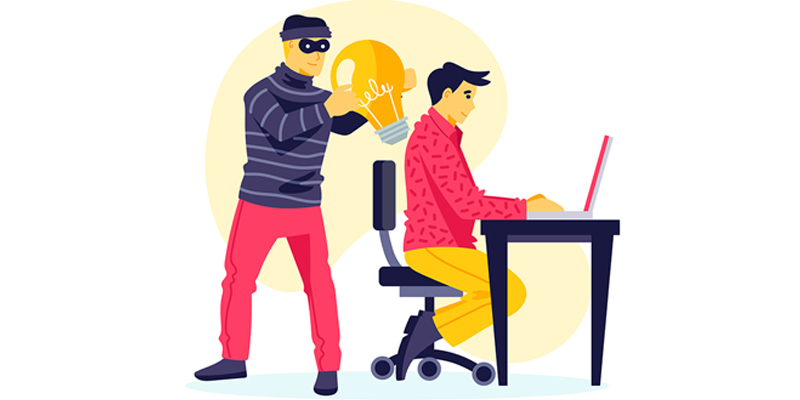
What Is the Difference Between Copyright and Plagiarism?
Copyright and plagiarism are related but distinct concepts, both concerning the use of someone else’s intellectual property. Copyright is a legal right granted to the creator of original works of authorship, such as literary, musical, and artistic works, allowing them to control the use of their creation. This includes rights to reproduce, distribute, perform, display, and create derivative works from the original work. Plagiarism, on the other hand, is an ethical offense involving the use of someone else’s work, ideas, or expressions without proper acknowledgment, presenting them as one’s own. It primarily concerns the misrepresentation of authorship and lack of attribution. Claiming someone else’s work as your own is both an ethical and a legal violation.
Copyright is primarily a legal issue. Violating copyright laws can lead to legal consequences such as lawsuits, fines, and penalties, enforced by governments and legal institutions. Plagiarism, however, is primarily an ethical issue. While it can lead to legal consequences in some cases, such as breaches of contract, it is generally handled within educational and professional contexts, resulting in academic penalties, loss of credibility, and professional disciplinary actions.
In terms of scope, copyright protects the expression of ideas, such as the specific wording of a text, a piece of music, or a particular design, but not the underlying ideas or facts themselves. It applies to works that are fixed in a tangible medium of expression. Plagiarism involves the misrepresentation of both ideas and expressions and concerns the failure to credit the source, regardless of whether the source material is copyrighted or in the public domain.
Copyright has a specific duration, typically lasting for the life of the author plus a number of years (e.g., 70 years after the author’s death in many jurisdictions). Once the copyright expires, the work enters the public domain and can be freely used by anyone. Plagiarism, however, has no expiration. Ethical standards require that credit be given to original creators regardless of how much time has passed since the creation of the work.
Copyright requires obtaining permission from the copyright holder for certain uses unless the use falls under an exception like fair use. Fair use allows limited use of copyrighted material without permission for purposes such as criticism, comment, news reporting, teaching, scholarship, or research. Plagiarism, on the other hand, always requires proper attribution. Even if the use of the material is legally permissible under fair use or the work is in the public domain, failing to credit the original source constitutes plagiarism.
Understanding both concepts is essential for respecting intellectual property rights and maintaining ethical standards in academic, professional, and creative endeavors.
Example Scenarios
Copyright Infringement: Copying and distributing a copyrighted book without the author’s permission, even if you credit the author, is copyright infringement.
Plagiarism: Using text from a book in your essay without quoting and citing the source, presenting it as your own work, is plagiarism. Even if the book is no longer under copyright, failing to attribute the author is still plagiarism.
How Do You Prevent Copyright Infringement?
Preventing copyright infringement involves understanding and respecting copyright laws, obtaining necessary permissions, and using content responsibly. Here are key steps to prevent copyright infringement:
Education and Awareness
- Learn Copyright Laws: Familiarize yourself with copyright laws and regulations in your jurisdiction. Understand what constitutes copyright infringement and the rights of copyright holders.
- Stay Informed: Keep up to date with changes in copyright laws and industry standards.
Proper Licensing and Permissions
- Obtain Licenses: Always seek permission or obtain the appropriate licenses for using copyrighted materials. This may involve purchasing a license or getting written consent from the copyright holder.
- Use Licensed Content: Use content from reputable sources that provide clear licensing terms. Many platforms offer content under Creative Commons licenses, which specify how the material can be used.
Fair Use and Public Domain
- Understand Fair Use: Familiarize yourself with the principles of fair use, which allow limited use of copyrighted material without permission for purposes such as criticism, commentary, news reporting, teaching, scholarship, or research. Ensure your use qualifies as fair use.
- Public Domain: Use works that are in the public domain, which are not protected by copyright and can be freely used without permission.
Attribution and Citations
- Credit the Source: Always give proper credit to the original creators of the work you use. Even if the material is in the public domain or qualifies for fair use, proper attribution is important to avoid plagiarism.
- Use Proper Citations: Follow appropriate citation guidelines (e.g., APA, MLA, Chicago) to ensure that sources are properly credited.
Using Original and Royalty-Free Content
- Create Original Content: Produce your own content whenever possible. This eliminates the risk of copyright infringement and adds originality to your work.
- Use Royalty-Free Content: Utilize royalty-free content that is free from copyright restrictions. Many websites offer royalty-free images, music, and videos for use in various projects.
Monitoring and Compliance
- Track Usage: Keep records of the sources and licenses for the content you use. This helps ensure compliance and provides documentation in case of disputes.
- Review and Verify: Regularly review your content to ensure that all copyrighted materials are used properly and that licenses are up to date.
Legal and Technical Measures
- Contracts and Agreements: Use clear contracts and agreements when commissioning work or collaborating with others, specifying the ownership and usage rights of the content created.
- Digital Rights Management (DRM): Implement DRM technologies to protect your own digital content from unauthorized use and distribution.
By following these steps, you can minimize the risk of copyright infringement and respect the intellectual property rights of others.
Laws and Regulations on Plagiarism and Copyright Infringement
Plagiarism is primarily addressed through institutional policies and ethical guidelines rather than specific laws. Here are the key aspects:
- Academic Institutions: Most schools, colleges, and universities have strict policies against plagiarism. These policies outline what constitutes plagiarism, the procedures for dealing with it, and the consequences for students found guilty of plagiarism, which can range from failing grades to expulsion.
- Professional Organizations: Many professional organizations have codes of ethics that prohibit plagiarism. Violations can lead to disciplinary actions, including revocation of professional credentials or memberships.
- Contracts and Agreements: In professional settings, contracts often include clauses that address plagiarism and intellectual property rights. Breaching these clauses can result in legal action and penalties.
Copyright infringement is governed by national and international laws that protect the rights of creators and copyright holders. Key laws and regulations include:
- National Laws
- United States: The U.S. Copyright Act of 1976 is the primary legislation governing copyright. It outlines the rights of copyright holders and the penalties for infringement. The Digital Millennium Copyright Act (DMCA) addresses online copyright infringement and provides mechanisms for copyright holders to request the removal of infringing content.
- European Union: The EU Copyright Directive harmonizes copyright laws across member states. It includes provisions for the protection of digital content and the rights of creators in the digital age.
- United Kingdom: The Copyright, Designs and Patents Act 1988 is the main legislation governing copyright in the UK. It defines the rights of copyright holders and the remedies available for infringement.
- International Treaties
- Berne Convention for the Protection of Literary and Artistic Works: An international agreement that sets minimum standards for copyright protection and facilitates the mutual recognition of copyright between member countries.
- Universal Copyright Convention (UCC): Another international agreement aimed at harmonizing copyright protection across different countries.
- TRIPS Agreement (Trade-Related Aspects of Intellectual Property Rights): An international treaty administered by the World Trade Organization (WTO) that sets down minimum standards for many forms of intellectual property regulation, including copyright.
- Enforcement and Penalties
- Civil Remedies: Copyright holders can sue for damages, which may include actual damages and profits or statutory damages. Courts can also issue injunctions to prevent further infringement.
- Criminal Penalties: In cases of willful copyright infringement, individuals may face criminal charges, leading to fines and imprisonment.
- Online Enforcement: The DMCA provides a framework for copyright holders to request the removal of infringing content from websites and platforms. Many countries have similar provisions for online copyright enforcement.
Can Plagiarism and Copyright Infringement Occur Simultaneously?
Yes, plagiarism and copyright infringement can overlap, but they are not the same. Plagiarism is the ethical breach of using someone else’s work without proper attribution, presenting it as one’s own. Copyright infringement is the legal violation of using protected works without permission from the copyright holder. When someone copies and uses copyrighted material without both proper attribution and legal permission, they are committing both copyright and plagiarism. However, it is possible to commit one without the other. For example, copying text without permission but giving credit is copyright infringement but not plagiarism, while using someone’s ideas without giving credit (even if the ideas are not copyrighted) is plagiarism but not copyright infringement
Are Plagiarism and Copyright Infringement Connected?
Plagiarism and copyright infringement are linked through the broader context of intellectual property and the proper use and acknowledgment of others’ works. Here is how they are connected:
Common Grounds
- Intellectual Property: Both plagiarism and copyright infringement involve the unauthorized use of someone else’s intellectual property, whether it’s ideas, text, images, music, or other forms of creative expression.
- Unauthorized Use: Both involve using another person’s work without permission. In plagiarism, the issue is a lack of proper attribution, while in copyright infringement, the issue is using the work without legal rights or permission.
Specific Linkage
- Attribution
- Plagiarism: Fails to credit the original creator, presenting the work as one’s own.
- Copyright Infringement: Using the work without proper permission often also involves not attributing the original creator, which can overlap with plagiarism.
- Overlap Scenarios
- Academic Setting: A student who copies sections from a book without citation and submits it as their original work is guilty of both plagiarism (ethical breach) and copyright infringement (legal breach).
- Publishing: An author who uses extensive excerpts from another’s copyrighted work without permission and proper citation may face both accusations of plagiarism (from an ethical standpoint) and copyright infringement (from a legal standpoint).
Consequences
- Reputation and Credibility: Plagiarism can damage an individual’s reputation and credibility, which is also a concern in cases of copyright infringement when the plagiarism becomes publicly known.
- Legal and Financial: Copyright infringement can lead to legal consequences, including fines and other penalties, whereas plagiarism might lead to academic penalties, job loss, or other professional consequences.
By understanding and respecting both concepts, individuals can avoid the legal pitfalls of copyright infringement and the ethical pitfalls of plagiarism.
Frequently Asked Questions
Is copyright and plagiarism the same thing?
No, copyright and plagiarism are not the same, although they both concern the use of someone else’s intellectual property. Copyright is a legal concept granting creators exclusive rights to control the use, distribution, and reproduction of their works, protecting a wide range of creative outputs like literature, music, art, and software. Copyright infringement, which occurs when these works are used without permission, can lead to legal consequences such as lawsuits and fines. In contrast, plagiarism is primarily an ethical issue involving the use of someone else’s work, ideas, or expressions without proper acknowledgment, presenting them as one’s own, and is typically addressed within academic and professional contexts through penalties like academic sanctions and loss of credibility. While copyright protects the expression of ideas for a limited time, plagiarism concerns the misrepresentation of both ideas and expressions, requiring proper attribution regardless of copyright status. Permissions and fair use further differentiate the two, as copyright law mandates permissions for certain uses, whereas plagiarism always demands proper credit. Understanding these distinctions is crucial for respecting intellectual property and maintaining integrity in various fields.
Why is copyright infringement a significant problem?
Copyright infringement is a significant problem because it leads to financial losses for creators and industries, discourages creativity and innovation, and raises quality and integrity issues with substandard and altered copies. It also presents legal and ethical concerns by violating creators’ rights and imposing enforcement costs on both copyright holders and the government. Additionally, consumers face security risks and unreliable sources, while the broader economic and cultural impacts include strained international trade relations and reduced cultural exchange. Protecting copyright is essential to sustain a vibrant and innovative creative ecosystem that benefits all stakeholders.
Can you commit plagiarism if a work is not legally protected as intellectual property?
Yes, you can commit plagiarism even if a work is not legally declared intellectual property. Plagiarism is an ethical issue that revolves around the improper use of someone else’s ideas, expressions, or work without giving proper credit, regardless of whether the work is legally protected by copyright. It is possible to commit plagiarism with any work, regardless of its copyright status, by failing to properly attribute the original source.
Which is not a reason someone might risk violating copyright?
A reason someone might not risk violating copyright is a desire for legal compliance. Individuals or organizations that prioritize adhering to legal standards and ethical practices will avoid copyright infringement to comply with the law and respect the rights of content creators. This desire for legal compliance helps maintain a professional reputation and avoids the potential legal and financial repercussions associated with copyright violations.
Conclusion
Plagiarism is the act of using someone else’s work or ideas without proper acknowledgment, presenting them as one’s own. It encompasses various forms, such as direct plagiarism, self-plagiarism, mosaic plagiarism, and accidental plagiarism, each differing in how the original work is misappropriated. Common practices include copying and pasting text, paraphrasing without citation, and using media without permission. The consequences of plagiarism are severe, ranging from academic penalties and professional repercussions to legal ramifications and ethical implications. Preventing plagiarism involves education, proper citation, utilizing plagiarism detection tools, and developing good research habits. Understanding plagiarism’s multifaceted nature and its serious impact is essential for maintaining integrity in all academic, professional, and creative endeavors.
Disclaimer: The content provided on this blog is for informational purposes only and does not constitute legal, financial, or professional advice.
